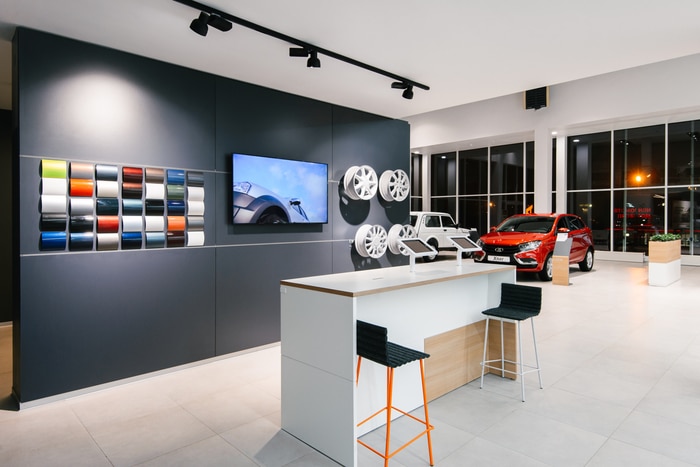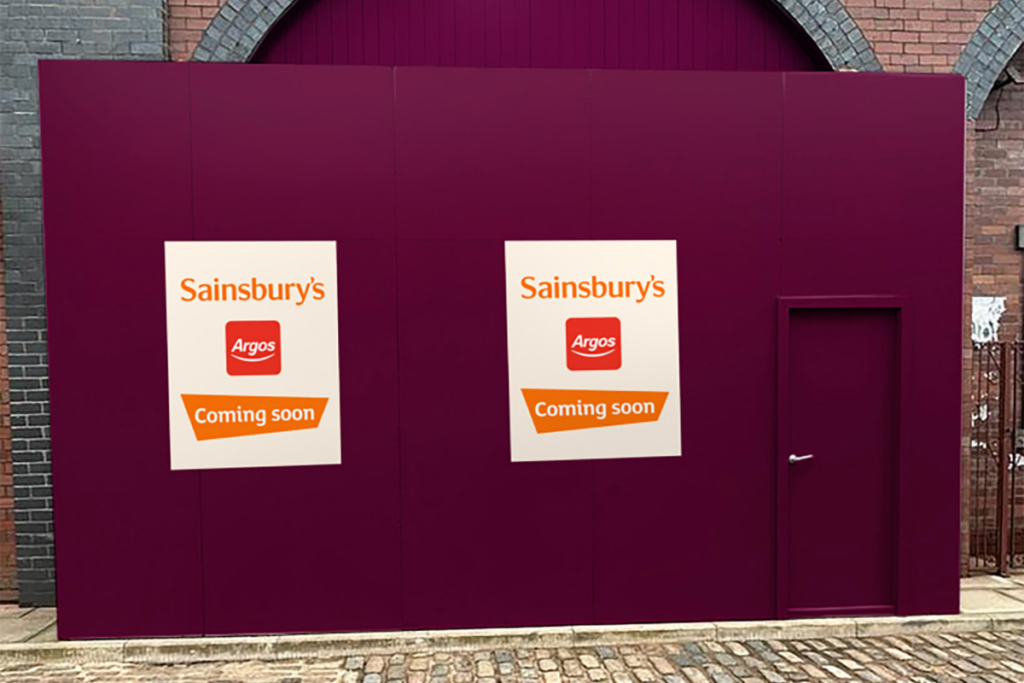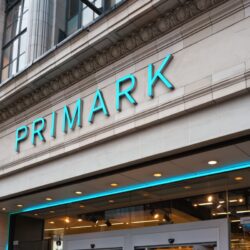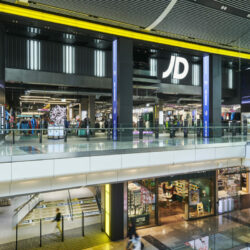The retail space race that has been raging for the last three decades, is largely over. Property scarcity, soaring business rates and increasingly tight margins are forcing retailers to rethink how they are using their floor space.
Recently the Retail Gazette reported on the pop-up shop boom that is reportedly worth over £2.3 billion to the UK economy, where both independent and established retailers alike flock to fill these tiny spaces.
Furthermore, the BRC‘s recent report “Beyond the Core” highlighted the prominence of retailers employing secondary revenue streams, many of which involve subletting their hard-earned retail floorspace to the competition.
According to professor Gary Warnaby at the Manchester Metropolitan University Business School: “It may well be that the physical outlet in the brave new multichannel world becomes more about the experience of the brand as opposed to selling more merchandise.
“Physical stores as a show room rather than a selling space might be a way forward.”
According to technology company Prism Skylab‘s senior vice president of retail Cliff Crosbie, this is a trend that “will only get bigger in the future”.
“I‘m seeing the big flagship retail outlets in particular starting to transform from conventional, standalone P&L centres into marketing-funded showrooms,” he said.
“Their impact is measured by the overall success of their brand in a wider geography rather than just by what happens within the store‘s four walls.
“retailers are exiting sub-prime, secondary space and taking a smaller quantity of better quality space”
“This is all about redefining the physical store as a showroom where customers can physically experience and interact with brands.”
Head of Consumer Research at finnCap Roger Tejwani proposed in his quarterly notes last year that retail space is becoming more about quality than quantity.
“The growth in online shopping means that a growing proportion of retailers in mature markets are over spaced,” he said.
READ MORE: Do secondary revenues help or hinder retailers?
“Space polarisation is defining the new retail landscape with an increasing trend of retailers exiting sub-prime, secondary space and taking a smaller quantity of better quality space.
“We do not think that stores will become extinct, but rather that footprint growth has been excessive and the growth of online gives many retailers the opportunity to scale back their physical store presence, possibly retaining flagships stores in high-density areas for brand awareness/showcasing innovative product, and drive remaining volumes online.
Of course, this trend is not simply driven by the growing difficulties of procuring and maintaining bricks-and-mortar estates. The exponential growth of online retail and growing prominence of ecommerce revenue streams mean that often physical retail space is better used to drive traffic online, rather than providing point of sale retail space.
“savings on inventory are reinvested in excellent customer service, whilst keeping prices competitive against pure e-tailers”
This model has proven to be lucrative for numerous retailers, as business analyst at Context Jonathan Wagstaff explained: “At the moment there are two main uses for omnichannel showroom stores: allowing consumers to try products which currently need physical experiences, and selling traditional products whilst using the space to curate the online store.
“A great example of the latter is the US clothing etailer Bonobos, whose new model has helped to increase revenue by $60m in the last five years.
“High street stores do not carry stock with purchasing happening online, and the savings on inventory are reinvested in excellent customer service, whilst keeping prices competitive against pure e-tailers.”
This growing trend goes further than simply using space as a platform to drive online traffic. Smaller more experiential retail offerings serve to grow and solidify brand identity among consumers.
READ MORE: The rise and rise of pop-up shops and what it means for retail
Managing director at retail property consultancy FSP Ken Gunn thinks these innovative small new stores must work alongside larger flagships to create a coherent offering.
“For brands such as Apple, Jack Wills, Muji and Oakley in Covent Garden, (it) is as about catching people in a different mind-set, perhaps in a mood to purchase ‘affordable treats‘,” he said.
“While these are not showrooms, it shows an appetite to reach different audiences in different ways. So the trend is for brands using in-store experience and lifestyle appeal to exploit their recognition amongst consumers, building on core products and creating new ranges around these.
“The growth of online retail has delivered major opportunities for physical retail”
“Ugg, Michael Kors and Superdry have done this well; as part of the evolution of an integrated and comprehensive multi-channel offer which incorporates online, full price flagships, full price lifestyle stores and outlet portfolios.”
“As brands work harder to stay relevant, this means creating that immersive presence through stature, rather than product.
“The outcome? Retailers are looking to dispose of less profitable stores and cover geographical gaps on-line, while brands are looking to create flagships as part of coherent multichannel strategies.
Despite online clearly influencing many retailers to trim excess space, Westfield‘s chief marketing officer Myf Ryan has seen it have a converse effect.
“The growth of online retail has delivered major opportunities for physical retail,” he said.
“We are seeing increasing demands from retailers requesting larger spaces for flagship stores. Just in the last month, we have seen the opening of the largest Zara in the UK at Westfield London and the largest UK H&M at Westfield Stratford City.
“Online has also introduced new retailers to bricks and mortar – we have seen the likes of Missguided, Amazon Books and Rent the Runway all take space in our centres globally as they recognise the need for a physical store to grow their brand and sales.”
“We are also seeing the growth of new categories such as car brands taking space in our centres where now you can buy everything from a new Bentley in our luxury precinct , The Village at Westfield London through to Jaguar Land Rover at Westfield Stratford City.
“Car brands use the physical space not only as a showroom using the latest VR tech but they take space in our car parks for customers to test cars and potentially drive-away.”
Click here to sign up to Retail Gazette‘s free daily email newsletter


















